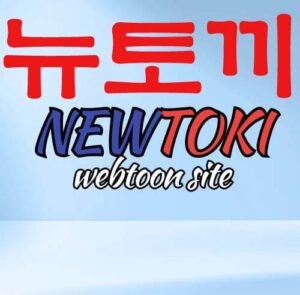Understanding Visual Storytelling
Understanding Visual Storytelling
Blog Article

Visual storytelling is a powerful technique that allows creators to convey narratives through various forms of visual media. As technology continues to evolve, so do the mediums through which stories can be told. From traditional art to digital platforms, the ways in which we engage with visual storytelling are diverse and continually expanding. This article explores the different types of visual storytelling mediums, their significance, and how they shape our understanding of stories in this visually driven age.
Understanding Visual Storytelling
Visual storytelling is the art of using images, illustrations, and graphics to communicate a story. Unlike traditional storytelling, which relies heavily on text and verbal narration, visual storytelling utilizes the power of visuals to capture attention and evoke emotions. This form of storytelling is prevalent in various fields, including advertising, social media, film, and education, where images can often convey more than words.
Types of Visual Storytelling Mediums
There are numerous mediums through which visual storytelling can be expressed. Each medium has its own unique characteristics and strengths, allowing creators to tailor their narrative style to their audience.
Photography
Photography is one of the most accessible and potent forms of visual storytelling. A single photograph can capture a moment in time, conveying a narrative that resonates with viewers. Photographers often use composition, lighting, and subject matter to evoke specific emotions, making it a versatile medium for storytelling.
Illustration and Comics
Illustrations and comics combine visuals with text to create engaging narratives. They are particularly effective in conveying complex ideas or emotions in a simplified manner. Comics, for instance, use sequential art to tell a story, allowing readers to follow the narrative through panels, enhancing their understanding and enjoyment.
Video and Film
Video and film are rich storytelling mediums that combine visuals, sound, and motion. They allow for a more immersive experience, as viewers can engage with the narrative through sight and sound. Storytelling in film is often enhanced by elements like cinematography, editing, and sound design, which work together to create a cohesive narrative experience.
Infographics
Infographics are a unique blend of data and visuals, making complex information easily digestible. They are particularly useful in educational contexts, where they can present statistics or processes in an engaging way. By combining text, images, and data, infographics enable storytellers to communicate their message clearly and effectively.
The Impact of Visual Storytelling
Visual storytelling mediums have a profound impact on how we perceive and understand narratives. They can transcend language barriers, making stories accessible to a global audience. Furthermore, they allow for emotional engagement, as visuals often evoke feelings that words alone may struggle to convey. In a world dominated by digital content, understanding the power of Visual storytelling mediums is essential for creators aiming to connect with their audience effectively.
Conclusion
As we continue to navigate a visually centric world, the importance of visual storytelling mediums becomes increasingly evident. Whether through photography, illustration, video, or infographics, the ability to tell stories visually is a skill that can enhance communication and understanding. By exploring and mastering these mediums, storytellers can captivate their audiences and convey their messages in powerful and memorable ways.
Report this page